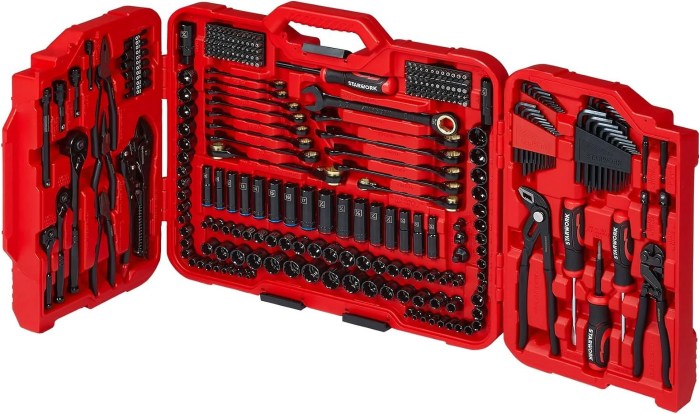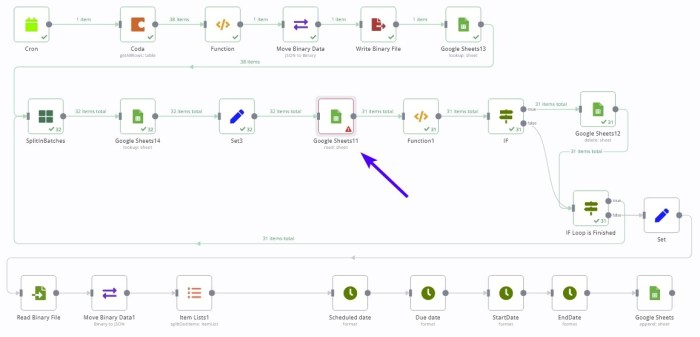Samsung S3 Full Phone Specification
Samsung Galaxy S3: A Retrospective: Samsung S3 Full Phone Specification

Source: walmartimages.com
Samsung s3 full phone specification – The Samsung Galaxy S3, released in May 2012, marked a significant moment in Samsung’s rise to mobile dominance. Its launch generated considerable hype, fueled by a sophisticated marketing campaign and a device boasting impressive specifications for its time. This review will delve into the S3’s key features, performance, and overall impact on the smartphone landscape.
Samsung Galaxy S3 Overview
The Galaxy S3’s release was met with widespread enthusiasm, quickly becoming one of Samsung’s best-selling phones. Marketing focused heavily on its sleek design, intuitive user interface, and advanced features like its innovative camera technology and vibrant display. Compared to competitors like the iPhone 4S and HTC One X, the S3 offered a larger screen, a more powerful processor in some variants, and a feature-rich software experience.
While competitors offered strong alternatives, the S3’s combination of features and marketing positioned it as a compelling choice.
Display Specifications
| Screen Size | Resolution | Technology | Pixel Density |
|---|---|---|---|
| 4.8 inches | 1280 x 720 pixels | Super AMOLED | ~306 ppi |
The Super AMOLED display offered vibrant colors and deep blacks, characteristic of the technology. Viewing angles were generally good, though some minor color shift might have been noticeable at extreme angles. The high pixel density contributed to sharp text and images, enhancing the overall user experience. The vibrant display made media consumption a visually engaging experience.
Internal Hardware and Performance
The Galaxy S3’s hardware, while impressive for 2012, pales in comparison to modern smartphones. However, it provided a smooth user experience for the apps and games available at the time.
- Processor: Exynos 4 Quad 1.4 GHz or Qualcomm Snapdragon S4 1.5 GHz (variant dependent)
- RAM: 1 GB
- Internal Storage: 16 GB, 32 GB, 64 GB
The device handled everyday tasks with ease and could run most games available in 2012 without significant lag. However, modern applications and games with higher graphical demands would likely struggle on the S3’s hardware.
Camera Features
| Feature | Rear Camera | Front Camera |
|---|---|---|
| Megapixels | 8 MP | 1.9 MP |
| Aperture | f/2.6 | f/2.2 |
| Notable Features | Autofocus, LED flash | Fixed focus |
The 8MP rear camera produced decent images in well-lit conditions, with good detail and relatively low noise. In low light, image quality deteriorated noticeably, with increased noise and reduced detail. The camera software offered various shooting modes, including panorama and burst mode. Post-processing options were limited compared to modern smartphones.
Software and User Interface

Source: n8n.io
The Samsung Galaxy S3 originally launched with Android 4.0 (Ice Cream Sandwich) and received updates up to Android 4.3 (Jelly Bean). The TouchWiz UI, Samsung’s custom skin, overlaid the Android OS, offering various customization options, widgets, and features. Navigation was primarily gesture-based and relatively intuitive. Compared to modern Android versions, the S3’s software feels dated, lacking the refined design and performance optimizations found in newer iterations.
Battery and Connectivity
The S3’s battery life was considered average for its time, providing a full day of moderate use. Heavy usage could necessitate charging before the end of the day.
- Battery Capacity: 2100 mAh
- Connectivity: Wi-Fi 802.11 a/b/g/n, Bluetooth 4.0, HSPA+, LTE (variant dependent)
- Charging Technology: Standard USB charging
Physical Design and Build Quality, Samsung s3 full phone specification

Source: githubassets.com
The Galaxy S3 featured a plastic unibody design, which contributed to its relatively lightweight feel. While not as premium as glass or metal constructions, it was durable and comfortable to hold. The design was considered sleek and modern for its time, with smooth curves and a slightly rounded back.
Dimensions and Weight: Approximately 136.6 x 70.6 x 8.6 mm and 133 grams.
Sensors and Special Features
The Galaxy S3 included a comprehensive suite of sensors, enhancing its functionality and user experience.
- Accelerometer
- Proximity sensor
- Compass
- Ambient light sensor
- Gyroscope
Smart Stay, a feature that kept the screen on as long as the user was looking at it, was a notable addition, enhancing usability. These sensors enabled features like screen rotation, proximity-based call muting, and accurate location services.
Essential FAQs
Is the Samsung Galaxy S3 still receiving security updates?
No, the Samsung Galaxy S3 is no longer receiving official security updates. Its operating system is outdated, making it vulnerable to security threats.
Can I still use apps on the Samsung Galaxy S3?
While some apps might still function, many modern apps require newer Android versions and will not be compatible with the S3’s outdated operating system.
How does the Samsung Galaxy S3’s battery life compare to modern smartphones?
Understanding the Samsung S3 full phone specification often involves comparing it to later models. For instance, a key difference lies in the display and S Pen functionality, which are significantly improved in subsequent devices like the Note series. To see a detailed comparison point, you might find the specification of samsung galaxy note 8 helpful; this will highlight advancements made since the S3.
Returning to the S3, its specifications, while dated, still offer insight into Samsung’s technological progression.
The battery life is significantly shorter compared to modern smartphones due to both battery technology advancements and the increased power consumption of modern apps and operating systems.





















